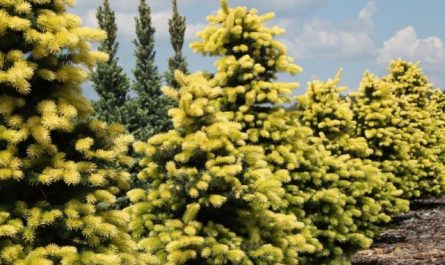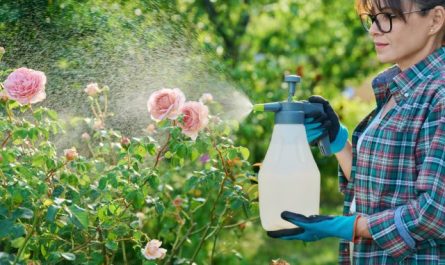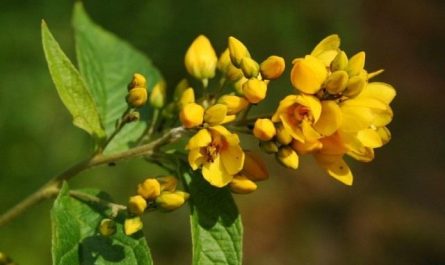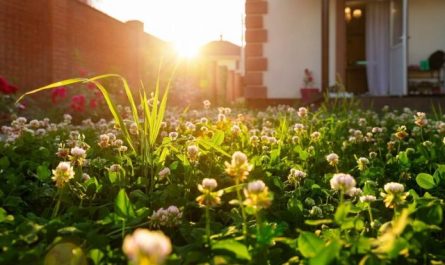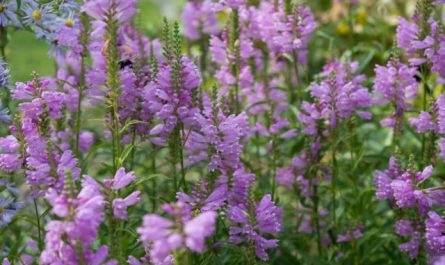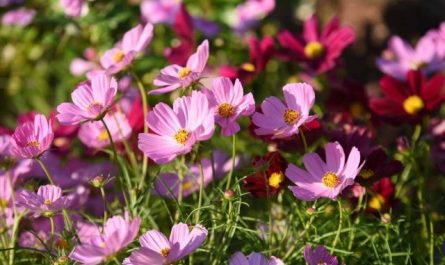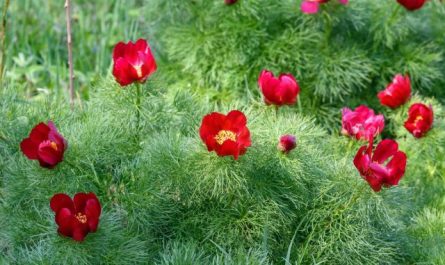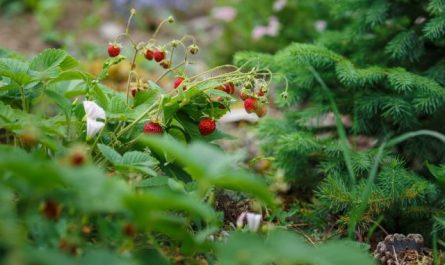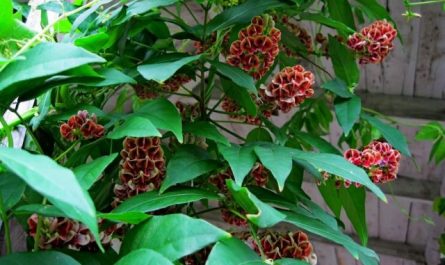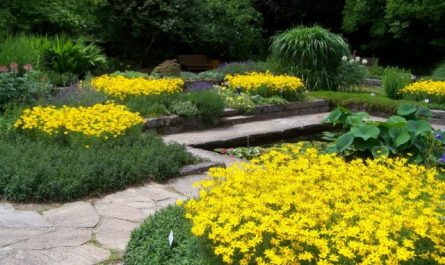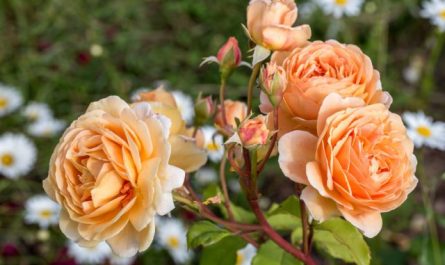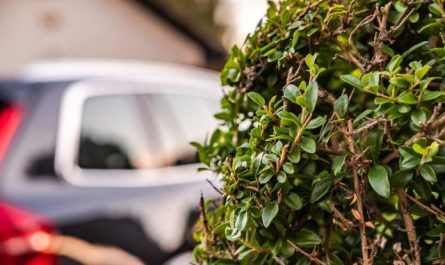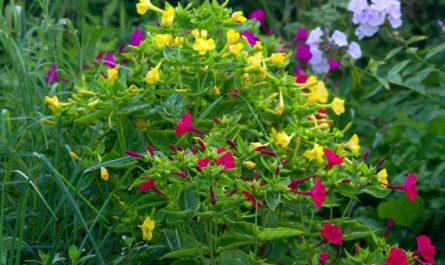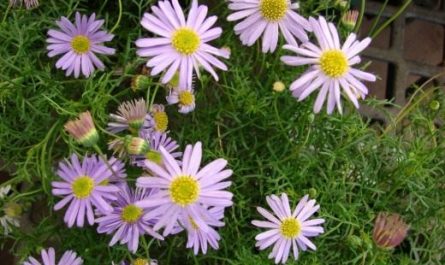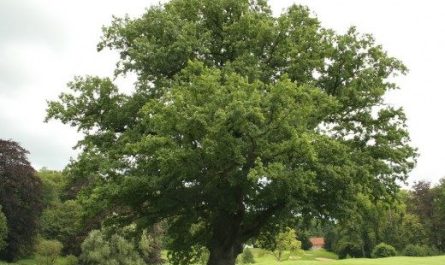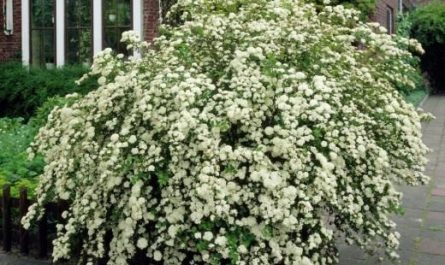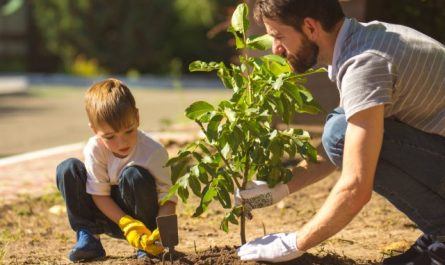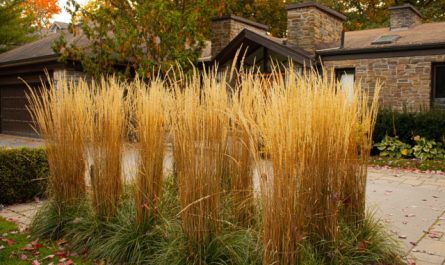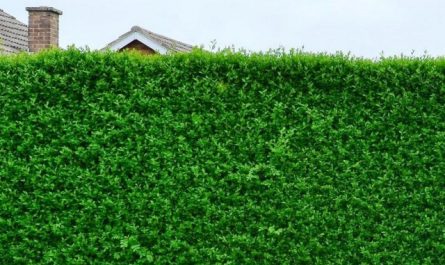Despite their great popularity and amazing decorative qualities, you may encounter problems when growing rhododendrons. Caring for them requires a special approach. But if you do not make fatal mistakes, then nothing will stand in the way of their incredible flowering. We will discuss the main difficulties in growing rhododendrons in this article.
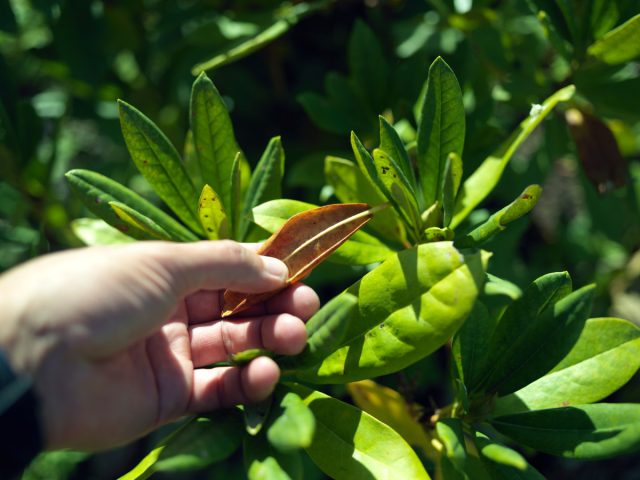
The main mistakes in caring for rhododendrons
Rhododendron is one of the most beautiful flowering shrubs in the garden, but it also has special requirements for planting and care. These forest plants grow best in well-drained, humus-rich soils in a little partial shade. However, even if the location is chosen well, if the care is improper, it may happen that the rhododendron will not bloom. Below we will consider the most common mistakes in caring for this shrub.
1. Using the wrong type of soil
A common reason why gardeners fail to grow rhododendron is because they are using the wrong type of soil. Like its close relative, the azalea, rhododendron is best planted in acidic soil (pH 3-5).
Don’t think that you can use any soil when growing rhododendron and expect great results. Each plant has its own specific requirements for the soil in which it will grow and thrive. As a rule, the wrong type of soil can ruin this shrub.
Make sure the soil is well-drained but rich in acidic organic matter, such as composted tree bark, leaf mold, decaying pine litter, or composted ferns.
2. Incorrect feeding
In order for the rhododendron to develop beautiful dark green foliage and many buds, it is necessary to regularly add nutrients. However, not every fertilizer is suitable for feeding this shrub. If the product contains lime, it is better not to use it, because the plants are very sensitive to this nutrient. Sometimes, this causes the leaves of rhododendrons to turn yellow.
It is better to choose a special, preferably organic, fertilizer for rhododendron, which exactly meets the needs of these plants. The ideal time for feeding is the end of March or April. Sprinkle the fertilizer and/or wood chips on the soil in the root area. Coffee grounds can be used as a fertilizer. It has an acidifying effect and enriches the soil around the plants with humus.
3. Too much watering
This is the trickiest part of growing rhododendrons, and one of the most common mistakes to avoid is often made here. Overwatering does not make the rhododendron healthier, but it does lead to root rot and leaf curl.
You can dig up the bush a little to check if the roots have become soft and black instead of hard and yellowish-brown. If so, root rot is setting in. If the plant dies, do not grow another rhododendron in the same place, as the fungus will infect the new bush as well.
However, in late fall and early spring, whenever you notice temperatures above freezing, you should provide your rhododendrons with a slow, steady stream of water until the soil becomes moist.
4. Lack of mulch
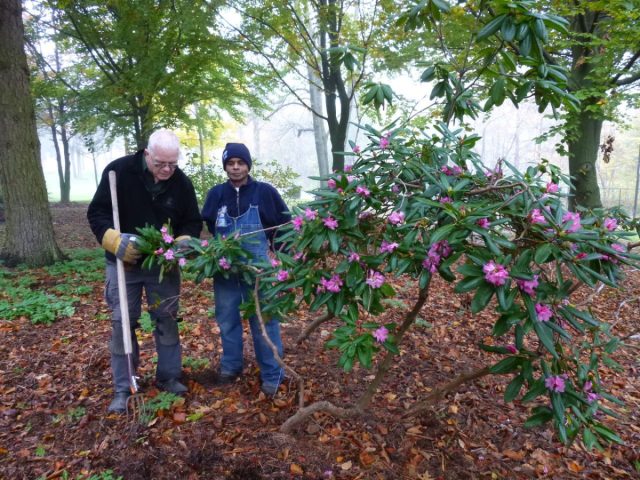
Another important point in caring for rhododendrons is mulching. In their natural habitat, the forest, there is always a natural soil cover due to the regular fall of leaves. In our garden, these flowering shrubs also like it when a layer of compost from fallen leaves or bark is applied to the soil. Mulch retains moisture in the soil, suppresses weeds and enriches the substrate with humus.
If you ignore this method, over time there may be too little humus left in the soil. Since mulch decomposes after 1-2 years, it should be replaced annually. To apply fertilizer, the mulch layer is removed only for a short time and then reapplied.
5. Spring pruning
Old rhododendron bushes that are bare at the bottom can be rejuvenated by pruning. However, do not prune your rhododendron prematurely: only when the flowering bush is really firmly rooted in the garden, it will withstand significant rejuvenating pruning. In addition, you should choose the right time for pruning. If this is done in the spring, there will be no flowers, since the rhododendrons have already formed flower buds the previous year.
If necessary, it is recommended to prune immediately after the flowers have faded. This will prevent the spread of pests that lay eggs in late summer.
6. Do not remove brown buds.
Are your rhododendron buds turning brownish or black? If so, your plant is probably suffering from the fungus ‘Pycnostysanus azaleae’. Infected flower buds dry up and die, but remain attached to the branches. If the affected buds are not removed in time, the fungal disease can spread further. Therefore, always keep an eye on your rhododendrons in the garden. As soon as brown or black buds appear on the plants, you should promptly remove them and throw them away with household waste.
7. Incorrect planting depth
Another common mistake gardeners make when growing rhododendrons is planting the bush too deep. These plants have a shallow root system, and planting them too deep will have dire consequences. Excessive burying of the roots in the soil will kill the plant, as the root system needs to breathe. Make sure that the top of the root ball remains on the soil surface or slightly below it. Also, do not place too thick a layer of mulch on top of the roots.
8. Watering with tap water
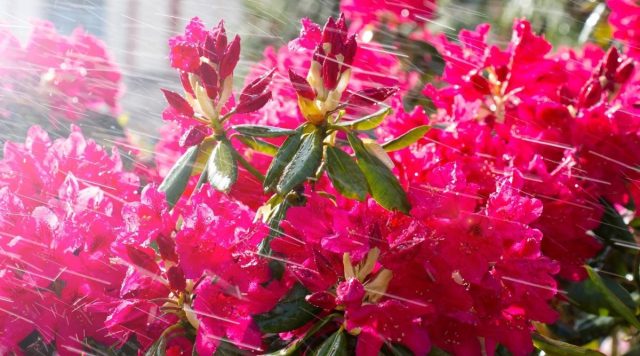
Being shallow-rooted plants, these evergreen shrubs depend on constant soil moisture. Regular watering is especially important in the first year after planting and during prolonged drought. The plant evaporates some moisture through its large leaves.
However, do not use tap water for watering rhododendrons. It contains too much lime for these sensitive woody plants. Constantly watering with lime water increases the pH of the soil, which can lead to chlorosis, which is manifested by yellowing of the leaves. Ideally, rainwater should be used for watering rhododendrons. If this is not possible, the water for irrigation should be acidified.
9. Choosing a variety that is not hardy enough
There are so many varieties of rhododendron that your eyes run wild. However, before choosing any variety to plant in your garden, make sure that it is well suited to your region. Unfortunately, a huge number of beautiful species have low frost resistance and need shelter, and some will die even if they are covered. Before choosing a variety, be sure to pay attention to the resistance zone.
10. Effects of winter wind
Exposing a rhododendron to strong cold winter winds is a big mistake. It can cause it to curl its leaves inward. Once this happens, it is a sign that the plant is trying to prevent water from evaporating from its leaves, as the wind dries out the foliage. To prevent curling, special boxes are made for the winter of rhododendrons that protect them from the cold wind.
In the fall, prepare your rhododendron for winter by watering it to a depth of at least 2,5 cm every week.
Rhododendron is one of the most popular plants that you can enjoy if you try to avoid the above mistakes. Good luck growing this delightful shrub.
